The California workers’ compensation program provides financial assistance to employees who suffer bodily injury by accident or disease. If you work in one of the many indoor firing ranges in and around San Jose, San Luis Obispo, Santa Clara and Salinas, you might not even be aware of the health risks you face. The California Division of Occupational Safety and Health requires employers to inform employees of the hazards of their jobs and provide protection, but many disregard that rule.
Although most industrial sectors have found substitutions for lead and phased out the use of it, workers in indoor firing ranges remain at risk. Lead is a metal that is highly toxic. It is a potent poison that can cause lead poisoning, which is a serious condition that could even be fatal. As an employee in a firing range, you are exposed to high concentrations of lead that can enter your body through inhalation, ingestion or absorption through your skin.
How does exposure occur?
Air and blood tests can determine the level of exposure, which can occur in the following ways:
- Contamination can occur through your hands and skin when you clean firearms or handle spent cartridges.
- Lead bullets or primers containing lead create gun smoke when fired. The smoke is a vehicle to make the lead particles airborne.
- The fragmentation and deformation of lead bullets fired into hard-surface trap systems cause exposure.
- Inadequate cleaning of surfaces can leave lead behind, and improper methods of cleaning firing ranges create lead exposure. Using compressed air, dry sweeping or non-high-efficiency particulate air-filtered vacuums will cause lead dust to become airborne rather than get rid of it.
- The inefficiency of the building’s standard air conditioning, ventilation or heating system may fail to remove the airborne lead particles.
Requirements under the lead standard
Safety authorities recommend closed-bag systems for clearing debris and bullet trays and using a wet-method cleaning process to prevent lead particles from becoming airborne. Owners of indoor firing ranges must keep exposure within the OSHA-accepted standard by compliance with the following requirements:
- Employees must receive training on the hazards of lead exposure and prevention.
- Proper housekeeping must include all surfaces kept clear of lead dust, and cleaning methods like dry sweeping that make dust airborne are prohibited.
- Hygiene requirements prohibit food and beverages in high-exposure areas, and exposed workers must have access to change rooms, showers and storage lockers.
- Employers must provide protective clothing that includes disposable suits or full-body coveralls, vented goggles, face shields, head coverings, gloves and foot coverings.
- Dangerous areas must have engineering controls to manage lead exposure, and if the lead-exposure level remains too high, workers must wear NIOSH-approved respirators.
- A medical surveillance program must be in place to test the lead levels in workers’ blood, and those with levels exceeding accepted levels must be removed from work.
Help is available
If you have contracted lead poisoning through exposure as an employee at an indoor firing range, you must report your illness to your employer immediately and seek the necessary medical care. An experienced California workers’ compensation attorney can take over from there and navigate the claims process for benefits on your behalf. The benefits can include coverage of medical expenses and lost wages for the period of your disability.


